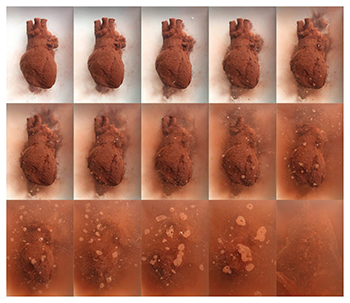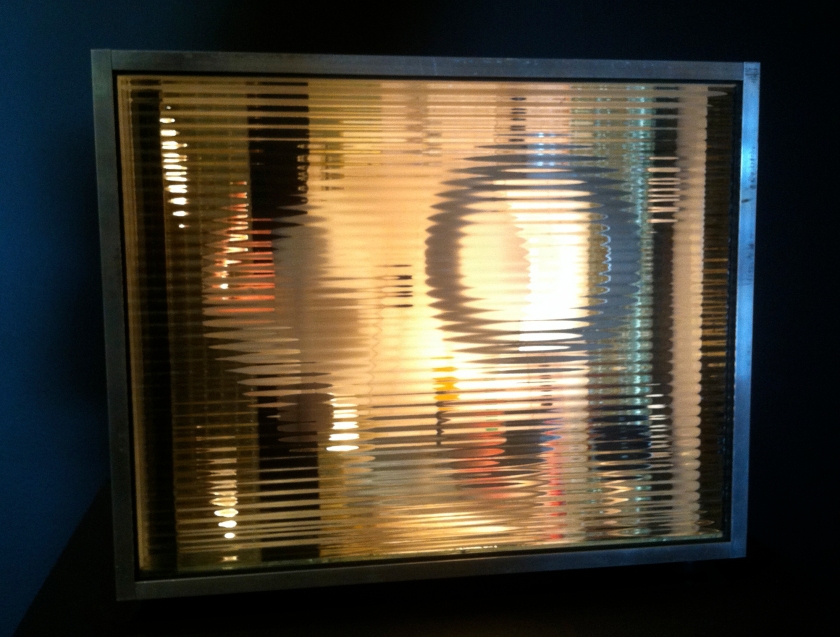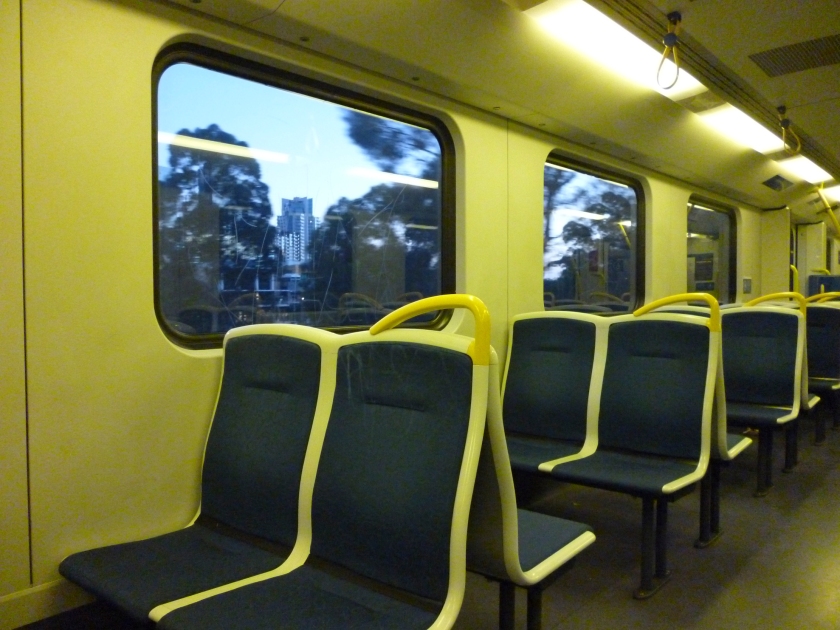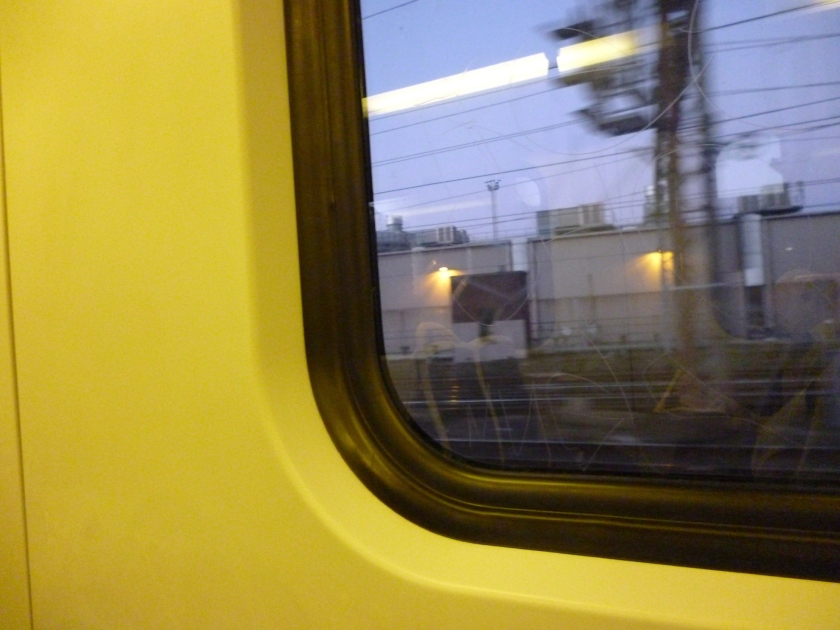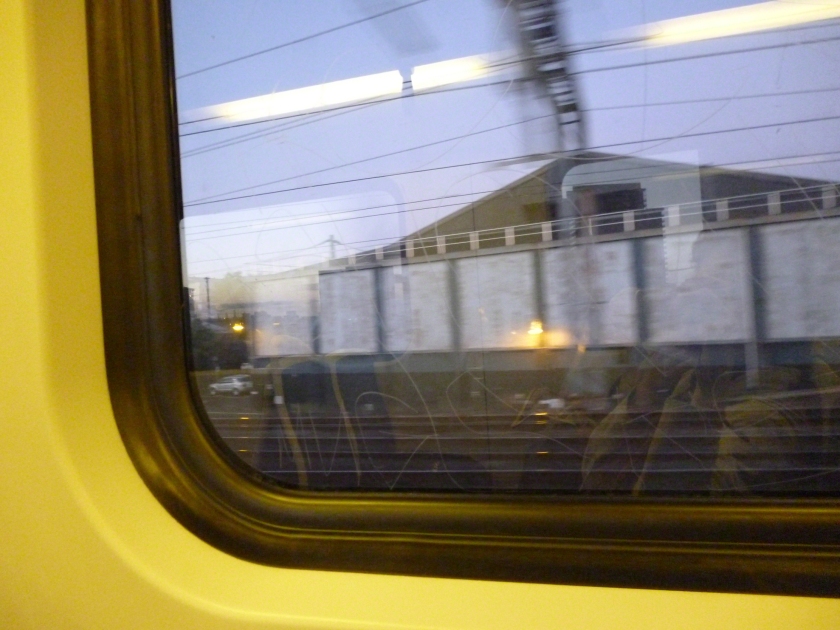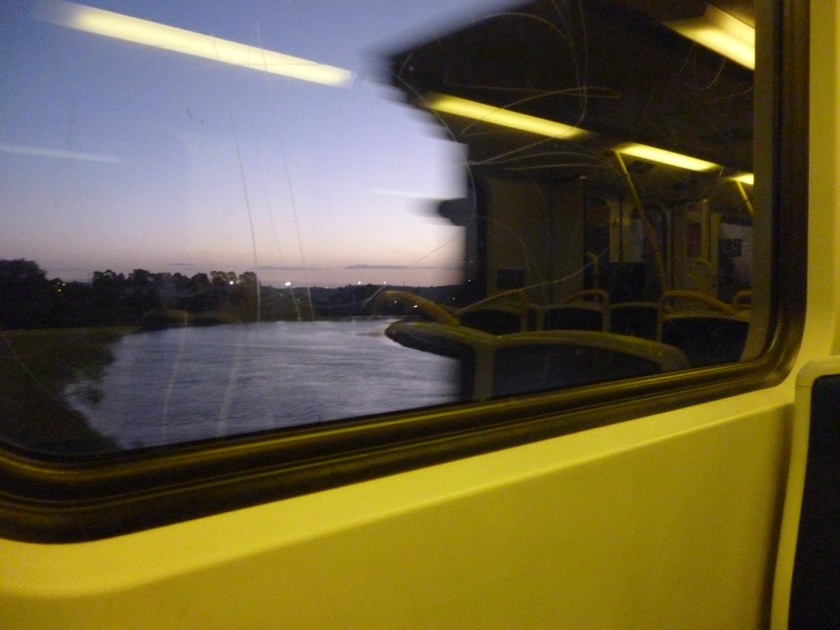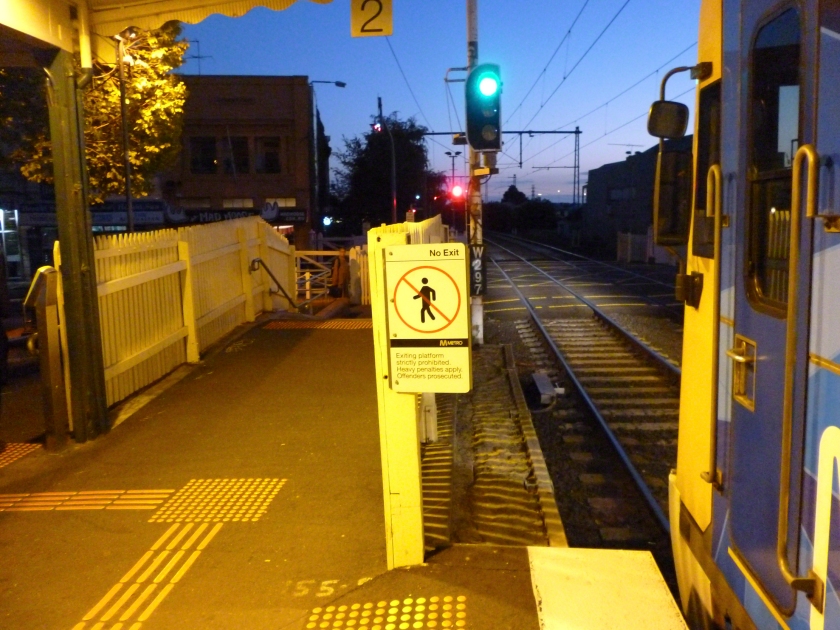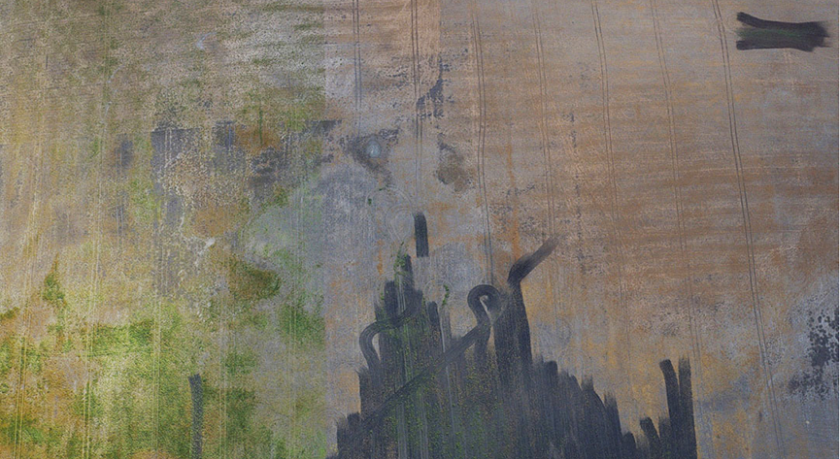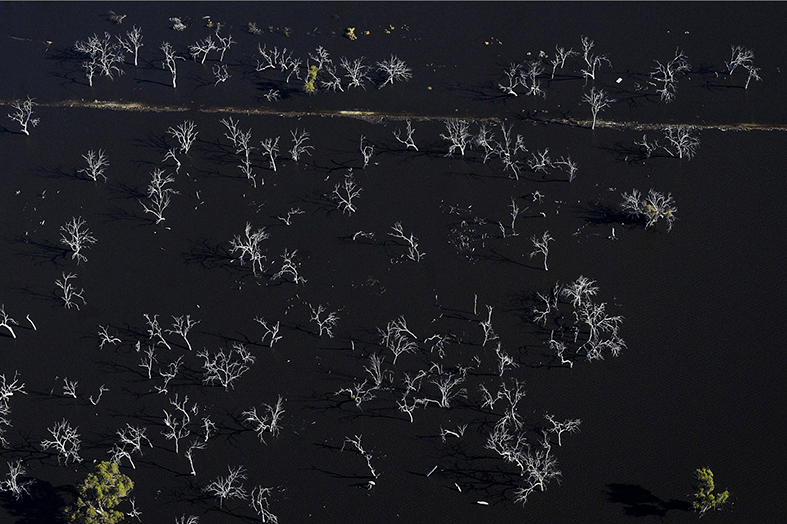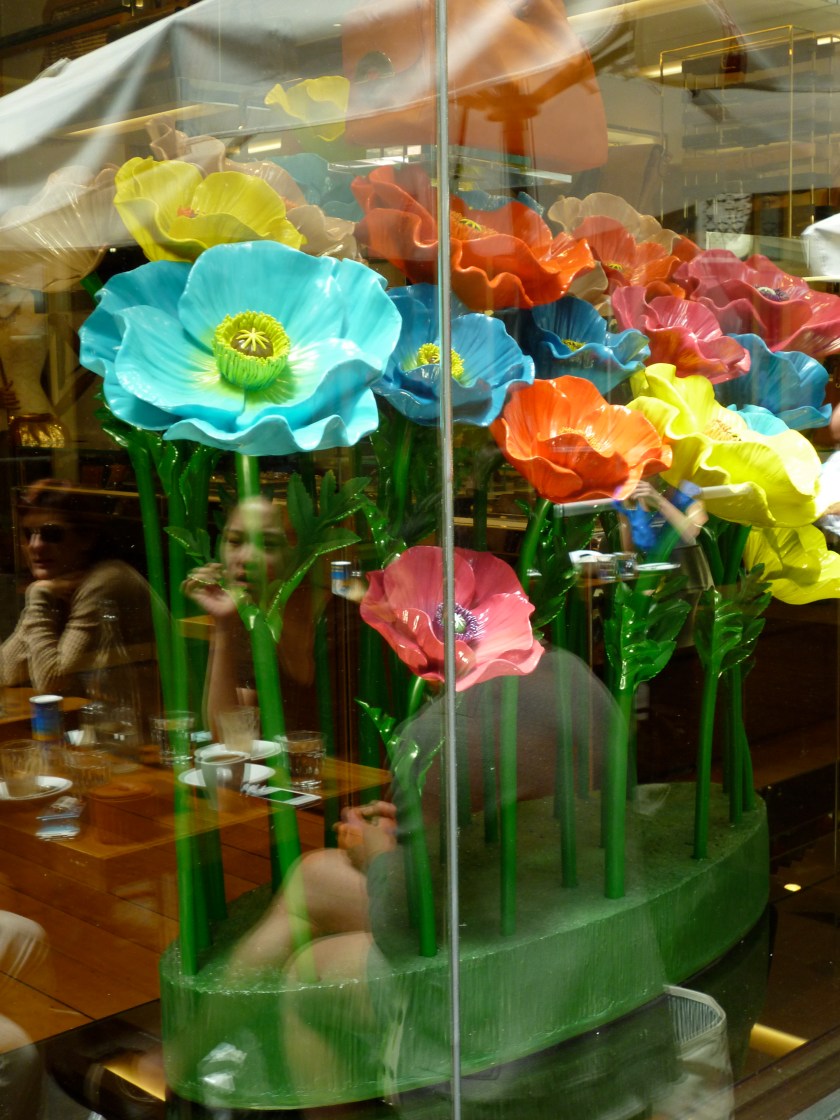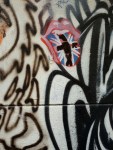A selection of work from the Blake Prize is showing at Wangaratta Art Gallery until 8 January 2017. Highlights for me were 1. a marble sculpture by Robert Hague, ‘The Messenger’ which depicts a severed head veiled in drapery. It is reminiscent of funeral monuments and quite beautiful, and also a bit creepy. A small bird is carved the figure’s throat.
2. ‘Kenosis’ by Yardena Kurulkar, which won the prize. A series of photos showing the disintegration of a terracotta heart. The heart is a replica of a human heart and is shown in stages of weathering until it dissolves. An interesting and powerful concept.
3. ‘Kurtal’ by Tom Putuparri Lawford. I thought this looked like a cross, a traditional looking indigenous object with a black body and white feathers sticking out from the top. It’s made from human hair among other things, and is actually a headdress to be worn during rain bringing ceremonies in the desert.
4. A collaboration between an Australian and a Balinese artist. I didn’t take note of the name of the work or the artists, and I haven’t been able to find it online. The work is dominated by traditional Balinese paintings of the nine gods that protect the island. Small paintings of tourists have been added, basically ‘partying’ and exploiting the native population in their search of a good time. It shows the ugly side of Australian tourism to Bali, but it looks like a beautiful tapestry until you start looking more closely.
The Blake Prize was started in 1950 to encourage religious art, and conversations about faith, spirituality, religion, hope, humanity, social justice, belief and non-belief. The entries are not restricted to works related to any faith or any artistic style, but any work entered must have a recognisable religious or spiritual integrity.

